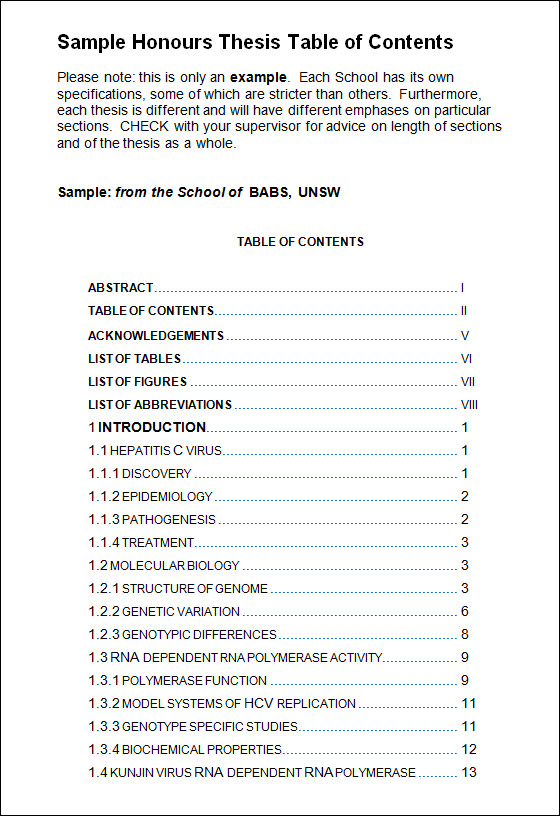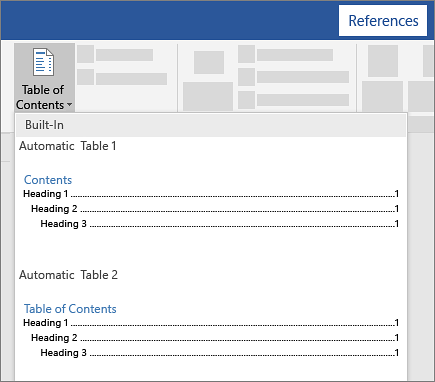

To do this, select the text in your table, then use the formatting options from the Font and Paragraph sections in the Home tab on the ribbon bar to make changes.īringing Microsoft Office Skills TogetherĬreating tables in a Word document is, as we’ve mentioned, a good way to organize and present your data. You can easily change other table formatting options, including the font, color, and other text styles, using the standard formatting options in Word. To change the border and shadings of your table, press the Borders and Shadings button at the bottom of the Table tab. These include options to alter the length, width, and alignment of your table columns and rows. You can set the size of your table using the options shown in the various tabbed menus in the Table Properties box. To add your own formatting, select and right-click your table, then press Table Properties. To add these, select your table, then press the Design tab under the Table Tools section on the ribbon bar.Ĭlick one of the options from the Table Styles section to apply that style to your table. These apply preset formatting choices to your table. One easy way to format your table is by using a table style. You can resize the table once it’s been created, as well as alter the bordering, font style, and more. Once your table is created in Word, you can then begin to format it. Return to your Word document, then press Ctrl + V on your keyboard to paste the cells into your document (or press Home > Paste). To do this, open an Excel spreadsheet, select a grouping of cells and press Ctrl + C on your keyboard (or press Home > Copy). Once you’ve created the outer border for your table, you’ll need to draw downwards inside the table to add a column or horizontally to add a row.Īs we’ve mentioned, you can also paste in a table using cells from a Microsoft Excel spreadsheet. Using your mouse or trackpad, draw a table to the size you want on your chosen page. From the Table drop-down menu, click the Draw Table option. Once pressed, the table will be inserted onto the page using the number of rows and columns you select.Īlternatively, press the Insert Table option, selecting the number of rows and columns you need from the Insert Table pop-up box that appears afterward. To insert a table automatically, select the size you want from the grid. This will display a drop-down menu with various options. To add a table in Word, you’ll need first to open a blank or existing Word document and press the Insert tab on the ribbon bar. There may be slight differences in older versions of Office, however. The instructions below should work for all recent versions of Word. Once pasted, Word will convert these cells into the format of a table.

You can add a table by inserting it automatically with a set size, or you can draw a table manually using your mouse or trackpad.Īlternatively, you can also copy and paste a grouping of cells from Microsoft Excel. You can insert a table in Microsoft Word in several ways, but three ways are worth mentioning in particular.

Ms word build a table of contants how to#
Here’s how to create and customize tables in Microsoft Word following these methods. You can insert, draw, or copy in a table from elsewhere, should you want to. Once again, they allow readers to navigate the book with ease.There are a few methods you can use to create tables in Microsoft Word. This makes navigation much easier for readers, allowing them to click on a chapter heading in the ToC and go directly to that chapter.įor most nonfiction books, a table of contents is a must for both ebook and print versions. In fact, if you're self-publishing an ebook, online retailers (Amazon included) require that you have a ToC. Some fiction authors may be able to get away with not putting one in their print books, but this is certainly not the norm.
Ms word build a table of contants update#
Step 2: Update Your Custom Table of Contents.Step 1: Choose to Insert a Custom Table.How to Insert a Custom Table of Contents in Word.How to Insert a Built-In Table of Contents in Word.


 0 kommentar(er)
0 kommentar(er)
